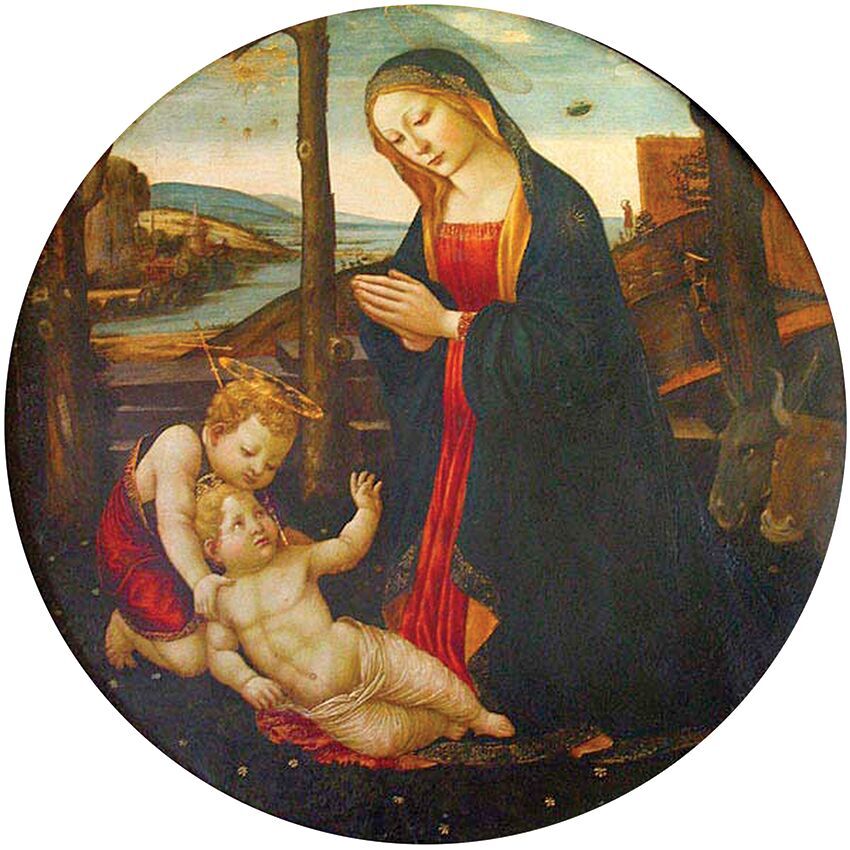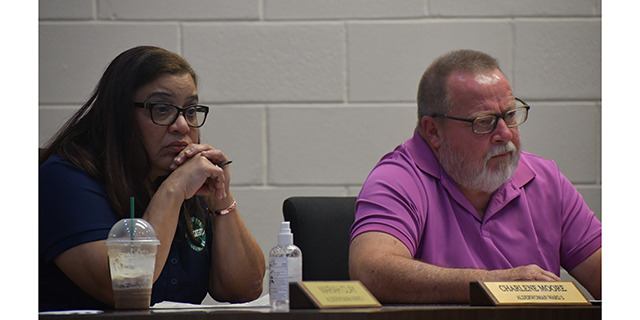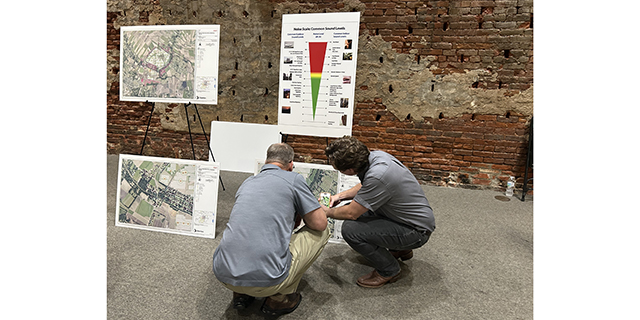Seeing is… Believing? Hot Sauce and Other Unexpected Objects in Art
Published 3:00 am Monday, August 29, 2022

- Is that a UFO in the sky?
As a kid, sitting in the doctor’s office, it is highly likely you may have picked up a Highlights magazine, and puzzled over the hidden picture page. The fascination with discovering things tucked away just beyond our first glance is written into our DNA, it seems. Remember “Where’s Waldo?”
Such is the case, and has been for centuries, with artists and their work; especially, it seems, works of religious significance. We have one notable example here in Acadiana, at St. Joseph’s Church in Parks. There, tucked discreetly into a medallion painting depicting Christ’s Last Supper, is a tiny – but once you see it, unmistakable – Tabasco bottle. It appears that the apostles of this locality knew what was good!
The painting, which hangs above the back of the church, is dedicated in memory of Margaret Mary Turchi, a parishioner. It was commissioned by former St. Joseph pastor Rev. Bryce Sibley in approximately 2003, according to USA Today. The artist, Christie Hebert, was quoted as saying Sibley wanted her to make the painting unique to this area.
Recently, McIlhenny Company curator and historian Shane K. Bernard wrote to the Rev. Nicholas DuPre, current pastor of the church, asking if the “urban myth” of the Tabasco bottle in the painting could have any truth to it. DuPre confirmed that, yes, at the elbow of one of the disciples, the world-renowned product of Avery Island sits. It is a small bottle, but one can definitely make out its signature red color, and the bright green of the label and cap.
We asked Bernard if there was any other evidence of hidden Tabasco bottles in artwork. He replied that there was not any “well-known” artworks featuring the bottle or label, but there are plenty of lesser-known “knock-offs” found around the internet. Indeed, we found a print of a Tabasco label for “klingon style” hot sauce.
As surprising as this find is, it is not unheard of – Leonardo Da Vinci had a penchant for hiding objects in several of his works; most notably, in the original “Last Supper” and the “Mona Lisa”. Michelangelo did the same in the frescoes of the Sistine Chapel.
According to several sources, Da Vinci’s “Last Supper” is said to conceal musical notes to a song, of all things. A musical staff placed across the painting reveals a somber requiem, using the loaves of bread and the hands of Jesus and the apostles as note placement.
The “Mona Lisa” has something in her eye – letters, it would seem. Seen in magnification, she sports the letters LV in her right eye, which art historians speculate may stand for the artist’s initials, or perhaps some secret code (thank you, Dan Brown) and there are indecipherable figures in her left eye.
In the ceiling of the Sistine Chapel, it seems Michelangelo has left a cerebral secret. A red cape surrounding “God the Father on the Creation of Adam” is a perfect depiction of a human brain, complete with lobes and medulla.
After some further internet sleuthing, we found there are plenty of other examples of purported hidden objects in paintings, including what has been speculated to be a UFO painted in the sky behind the figures of “Madonna with Saint Giovannino”, by Domenico Ghirlandaio, a human skull hidden in Hans Holbein the Younger’s portrait of “The Ambassadors”, and a tiny self-portrait of the artist hidden in a mirror in “The Arnolfini Portrait” by Jan Van Eyck.
So the next time you’re admiring a painting, take a second look. Much of the artwork that seems so familiar may be hiding secrets not decipherable or even noticeable at first glance. Pass the Tabasco, hum the “Last Supper Requiem,” and never give up looking for Waldo.





